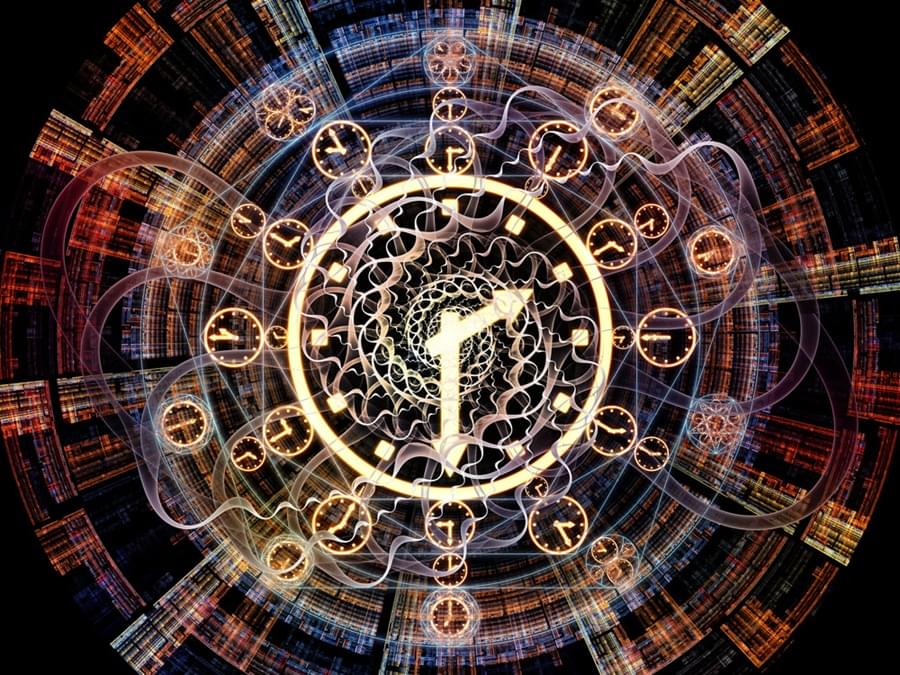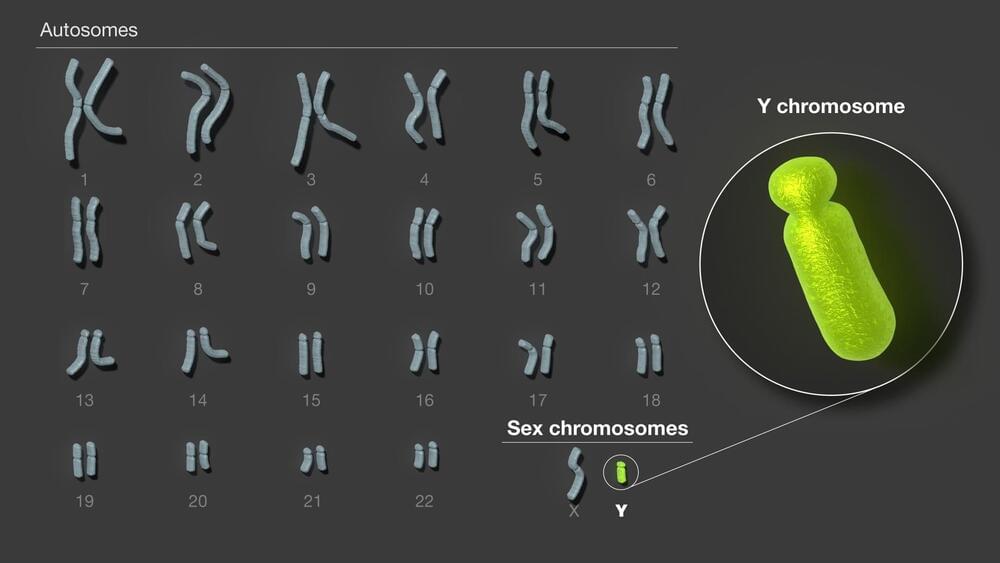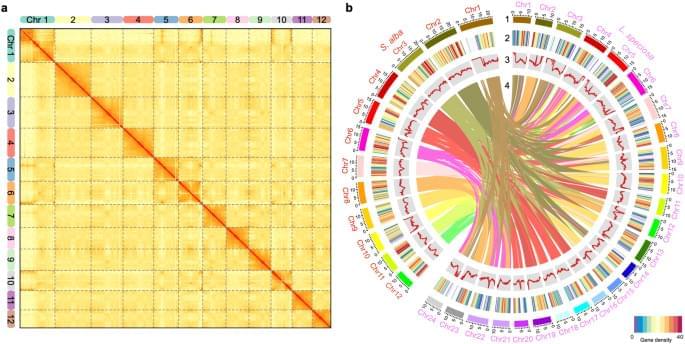Lydia Hu reports on the latest artificial intelligence news that major companies are using a new software to monitor employee conversations.


The more we learn about Earth’s past, the wilder it gets.
Known as the Radcliffe Wave, astronomers have discovered that this chain of stars, gas, and dust is propagating like a wave, too.

“This trial has changed the lives of people with mesothelioma, allowing us to live longer,” said one of the patients who benefited from the drug. The 80-year-old, who wished to remain anonymous, won compensation from his former employer after being exposed to asbestos in a factory in the 1970s.
He was given four months to live, but thanks to the trial is still alive five years later. “I have five grandchildren and two great-grandchildren now – I wouldn’t want to miss all that,” he said.
The breakthrough is significant, experts say, because mesothelioma has one of the lowest survival rates of any cancer. The new drug, ADI-PEG20 (pegargiminase), is the first of its kind to be successfully combined with chemotherapy in 20 years.


Groundbreaking research led by a global group of over 100 researchers will enable a more in-depth exploration of human genetic variation as fully sequencing the Y chromosome, a feat that has challenged scientists for years, has been accomplished for the first time. In this interview, we speak to Dylan Taylor about this impactful research and how it may shape our understanding of human genetics.
Please could you introduce yourself and your current research activities?
I am Dylan Taylor, a Ph.D. candidate and NIH F31 fellow in the Department of Biology at Johns Hopkins University. My work with the T2T consortium focuses on exploring how a complete reference genome can improve our ability to study human genetic variation and how it impacts human traits and health.

Polyploidization-rediploidization process plays an important role in plant adaptive evolution. Here, the authors assemble the genomes of mangrove species Sonneratia alba and its inland relative Lagerstroemia speciosa, and reveal genomic evidence for rediploidization and adaptive evolution after the whole-genome triplication.

The development of RNA technologies demands accurate assessment of transcript size and heterogeneity. Here, authors report a nanopore-based approach to study full-length RNA transcripts at the single-molecule level, identify premature transcription termination and study rolling-circle transcription.


I have written a lot about vaccines that treat cancer. Now we have another new mRNA vaccine to treat pancreatic cancer that has shown promising results in phase 1 clinical trials and is now entering a larger phase 2 clinical trial. This is exciting news for a deadly cancer that attacks tens of thousands of people each year.
The mRNA vaccine technology is going to be one of the leading technologies for cancer treatments going forward. If it can make a meaningful dent in the course of pancreatic cancer, it may well become one of the primary tools for oncologists in treating this pernicious disease.
As I usually do, let’s review this vaccine and the clinical trial results.
